Everything you buy has one. Meat, fish, olives, bread, milk, ketchup and even vitamin supplements. Expiry and ‘best before’ dates are ubiquitous but exactly what do they mean and why are they costing us a fortune?
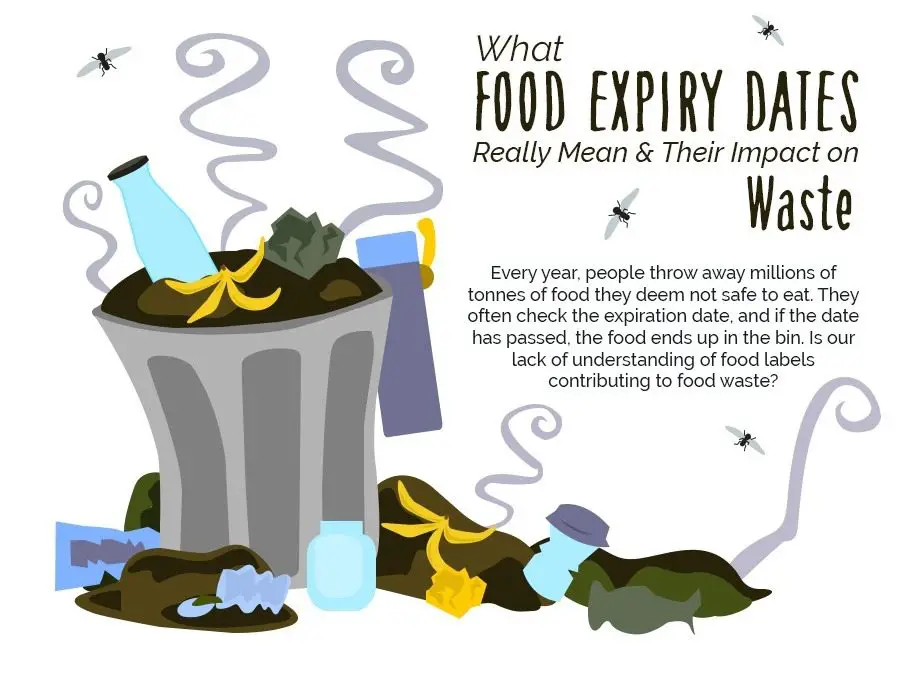
Admit it… you check the ‘best before‘ or expiry date on all your prepackaged foods and then try to select the freshest product. Yes? You carefully check the date on the milk and yoghurt before they go into your trolley. Yes? And we’ve all seen supermarket employees removing ‘expired‘ produce from shelves. Yes? But the truth is that those dates are directly, yet often needlessly, responsible for staggering food wastage…
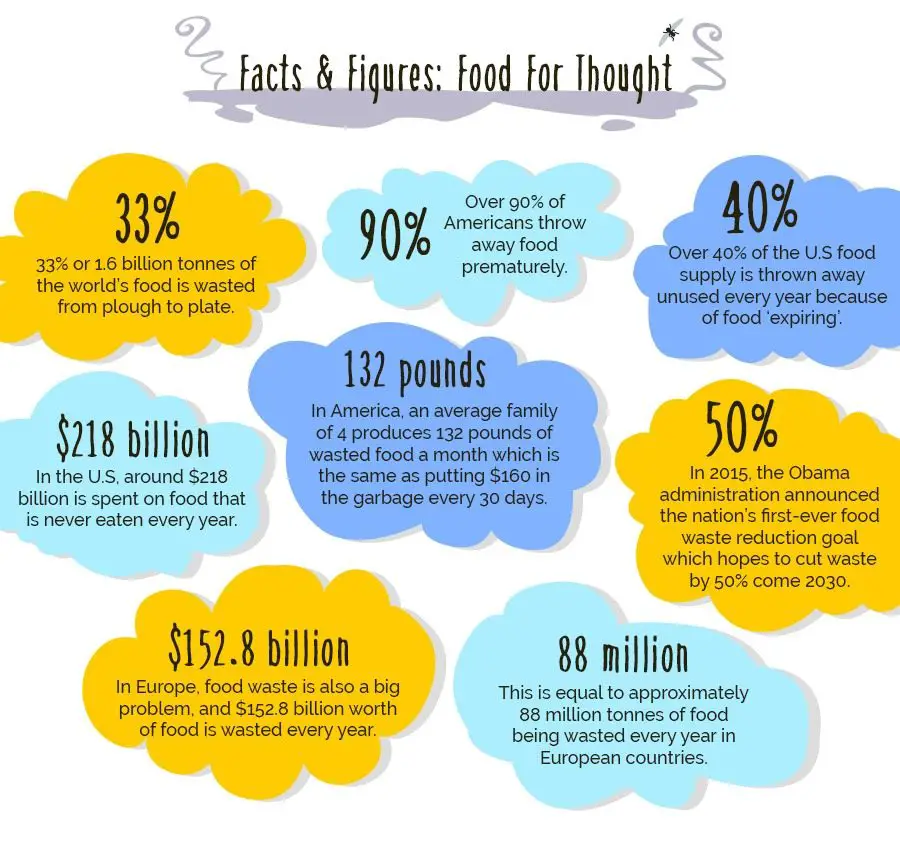
And what if you’re paying a huge premium for the privilege of ‘fresh‘ when there is absolutely nothing stale about the product getting thrown out?
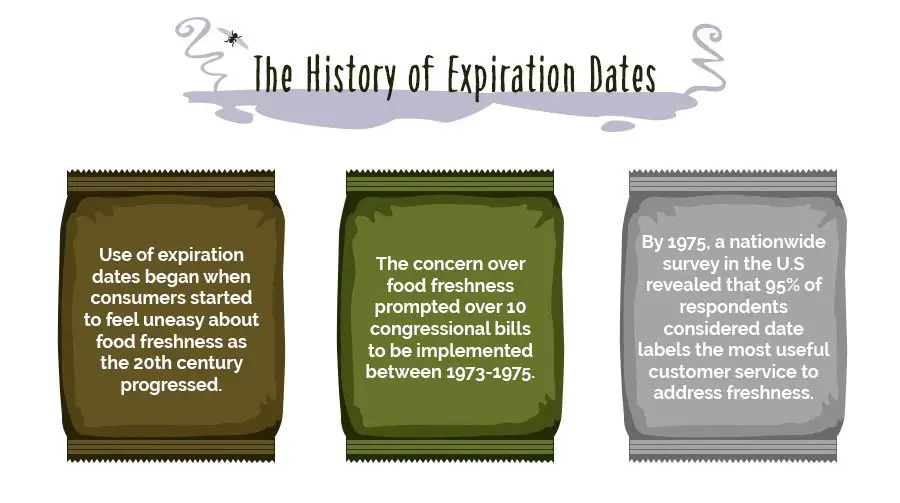
As more and more food ended up processed and packaged, we all became increasingly concerned about exactly when that packaging occurred. Legislation now protects us but from what?

For most consumers, these dates all mean the same thing… don’t buy the product if it’s at or even close to the displayed date. But what do these dates really mean?
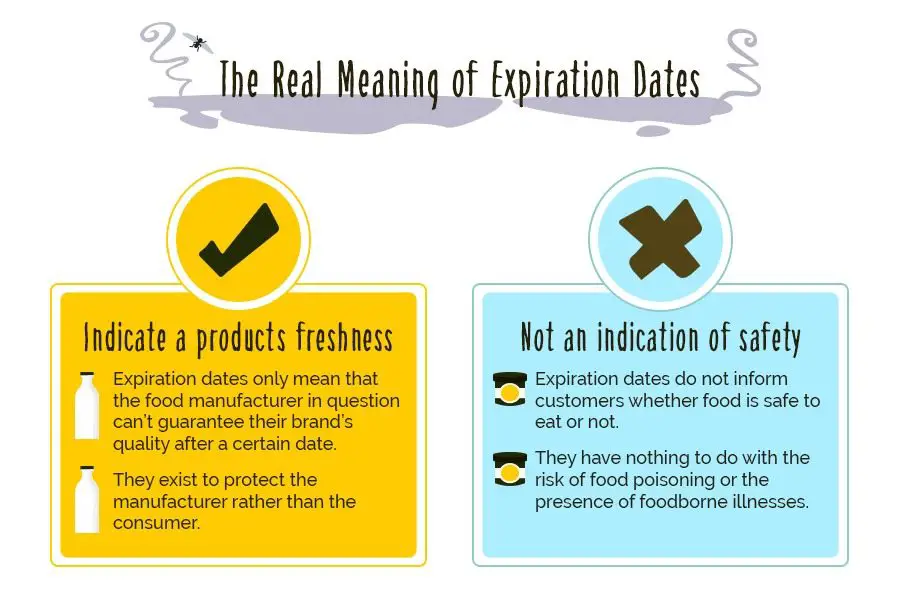
In fact, some foods, for example, hard cheeses, are still perfect months after that ‘best before’ date has passed.
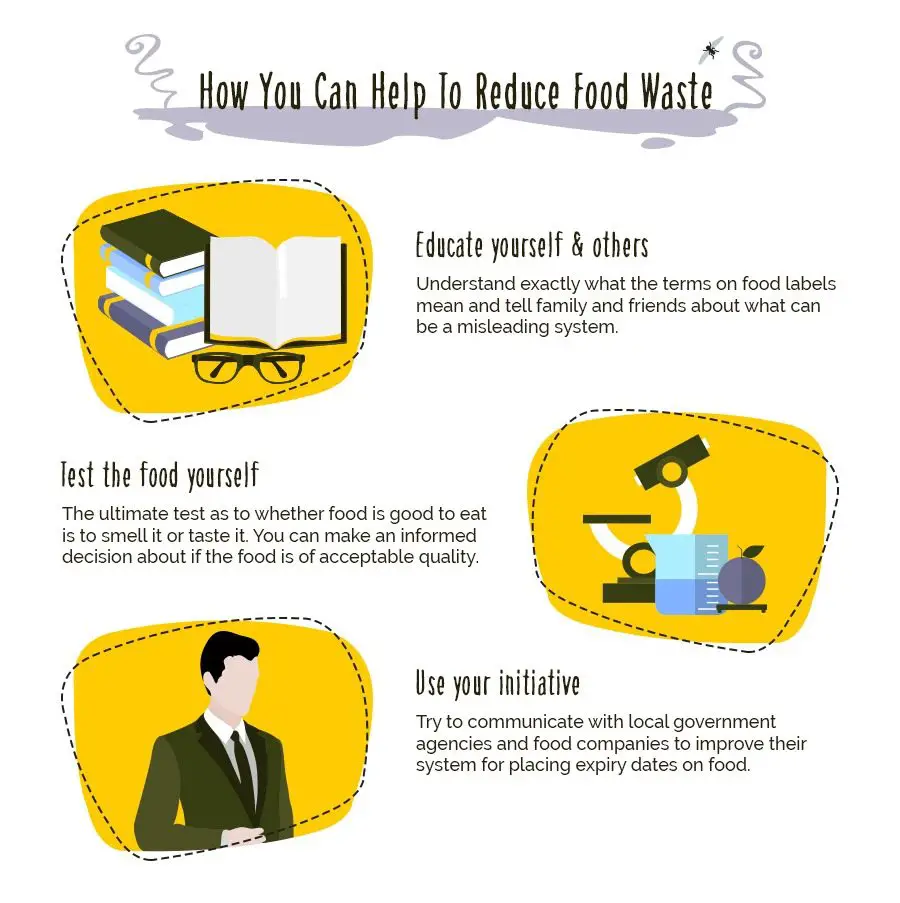
There’s no shortage of food in this world. But because hundreds of millions of tonnes get turned to landfill, we still have hunger, even in developed nations. The financial cost is staggering but the environmental cost is much greater. Everything from fertilizers, to medicines and fuel are being wasted to grow plants and animals that end up generating methane in landfill!
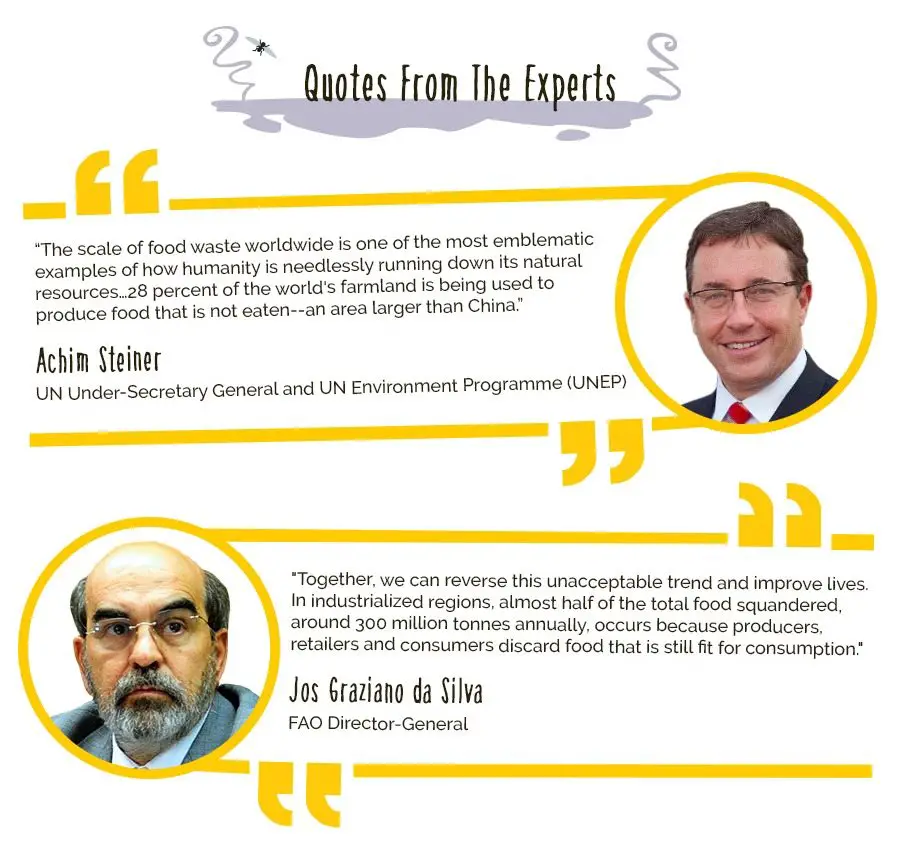
If you want to save a lot of money while reducing your carbon footprint, why not take a much closer look at those dates. There are even stores now specializing in stocking and selling ‘out of date‘ produce, usually at a fraction of the usual selling price.

Thanks to Sanjay Agnihotri and the Lakeshore Convention Center for the illustrations.
Do you realize that 52% of all fresh fruit and vegetables grown in America end up as garbage? If you want to save yourself a lot, you really should read this article on food wastage …



